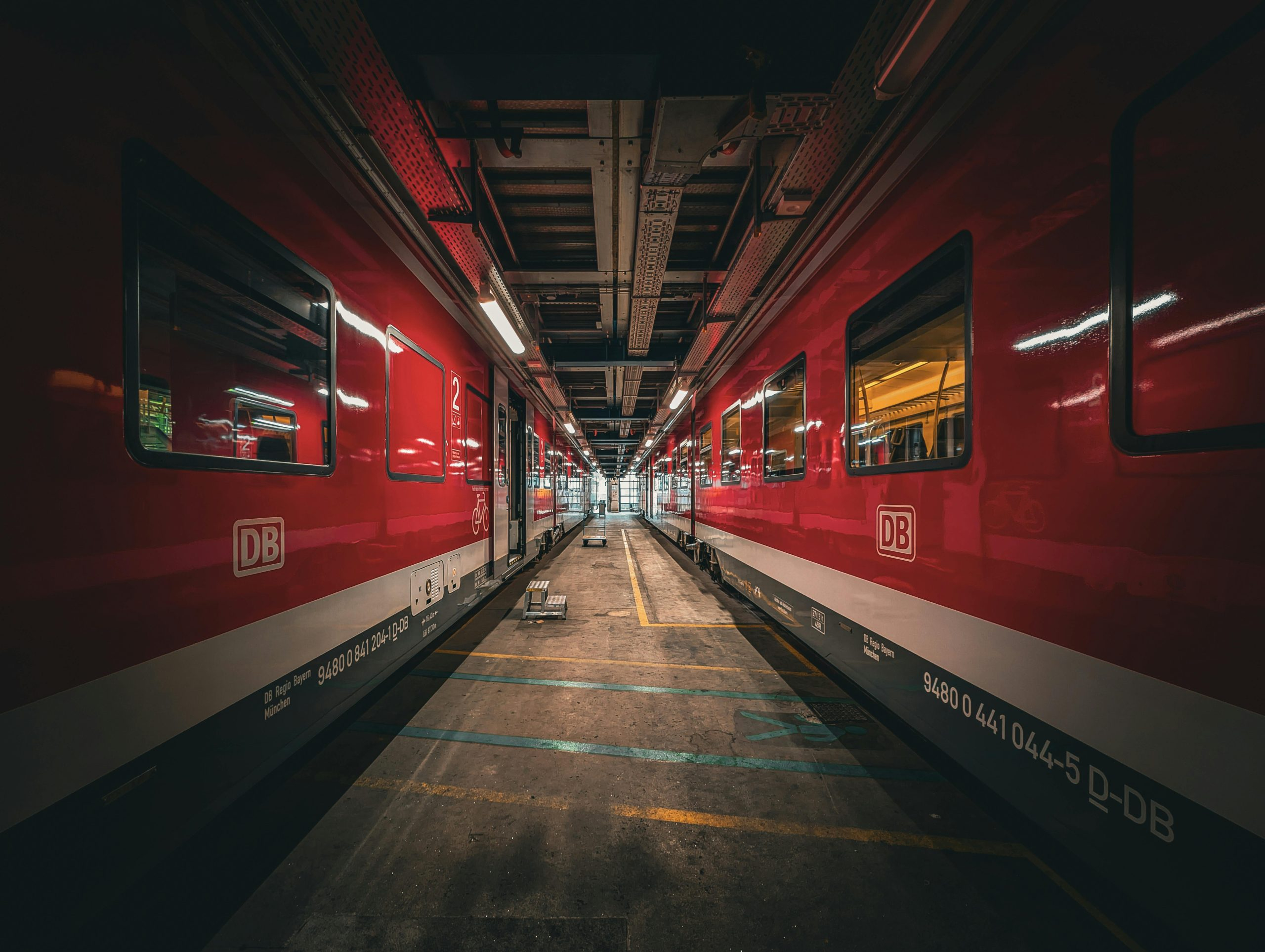Following the Tracks of the World’s Oldest Railways
Ever since its invention, the railway has been considered a major breakthrough in human history. It revolutionized transportation and played a crucial role in connecting nations and facilitating trade. With the first commercial steam locomotive being introduced in the early 19th century, the railway quickly gained popularity and expanded to various corners of the world. But have you ever wondered where the world’s oldest railways are located? Join me as we follow the tracks of the world’s oldest railways and uncover their fascinating stories.
The Stockton and Darlington Railway, England
Located in the northeast of England, the Stockton and Darlington Railway was the first public railway line in the world, officially opening in 1825. This historic railway connected the collieries (coal mines) at Witton Park to the quayside of Stockton-on-Tees. It was constructed to transport coal to the docks for export, but soon after its opening, it started carrying both freight and passengers. This railway was also the first to use steam locomotives, designed by George Stephenson, which marked a major milestone in the history of railway transportation. Today, a heritage railway operates along part of the original line, preserving its legacy and providing visitors with a chance to experience a ride on a historic train.
The Baltimore and Ohio Railroad, USA
The world’s oldest continually-operating railway is the Baltimore and Ohio (B&O) Railroad, which began service in 1827. This railroad initially connected Baltimore, Maryland to Ellicott City, and later extended to Ohio. It was a major transportation route for both people and goods in the mid-Atlantic region during the 19th and early 20th centuries. One of the notable features of this railway is the B&O Railroad Museum, located in Baltimore. It is home to a collection of historic locomotives and railcars, including the famous “Memorial Hall” that showcases the golden spike used to mark the completion of the first transcontinental railroad in the USA.
The Bombay-Thane Railway, India
Although not the world’s oldest railway, the Bombay-Thane Railway, also known as the Great Indian Peninsula Railway (GIPR), holds a significant place in India’s railway history. It was the first passenger railway in India, inaugurated on April 16, 1853, and ran between Bombay (now Mumbai) and Thane, which was about 35 kilometres. This railway line was constructed under the supervision of British engineer George Clark, and it was extended to Kalyan in 1854 and later to Pune in 1858. Today, this railway is a part of the Indian Railways network and is operated by Central Railway.
The Semmering Railway, Austria
Built between 1848 and 1854, the Semmering Railway in Austria is considered a masterpiece of railway engineering and is often referred to as the world’s first mountain railway. This railway line spans 41 kilometres and connects Vienna to Trieste, Italy, passing through the Semmering Pass in the Eastern Alps. Its unique and challenging route, with 16 tunnels and viaducts, posed significant construction difficulties at the time. Today, the Semmering Railway is a UNESCO World Heritage Site and is still in operation, offering breathtaking views of the Austrian countryside.
The Taitung Railway Line, Taiwan
The Taitung Railway Line in Taiwan is not only the oldest railway in the country but also the first “modern” railway in Asia. Construction began in 1877, and it opened to the public in 1887 under Japanese colonial rule. This 172-kilometre railway line runs along Taiwan’s east coast, connecting the cities of Hualien and Taitung. The railway line is known for its stunning scenery, including the Pacific Ocean on one side and mountain ranges on the other. Despite its age, this railway still operates with a mix of modern and traditional trains, offering an unforgettable journey through Taiwan’s natural beauty.
Conclusion
In conclusion, the world’s oldest railways hold immense historical value and continue to play a vital role in today’s transportation industry. Taking a trip on one of these railways is not just a journey from point A to B, but also a step back in time. So if you ever have the opportunity, make sure to hop on board and experience the magic of these iconic railways that have stood the test of time.










